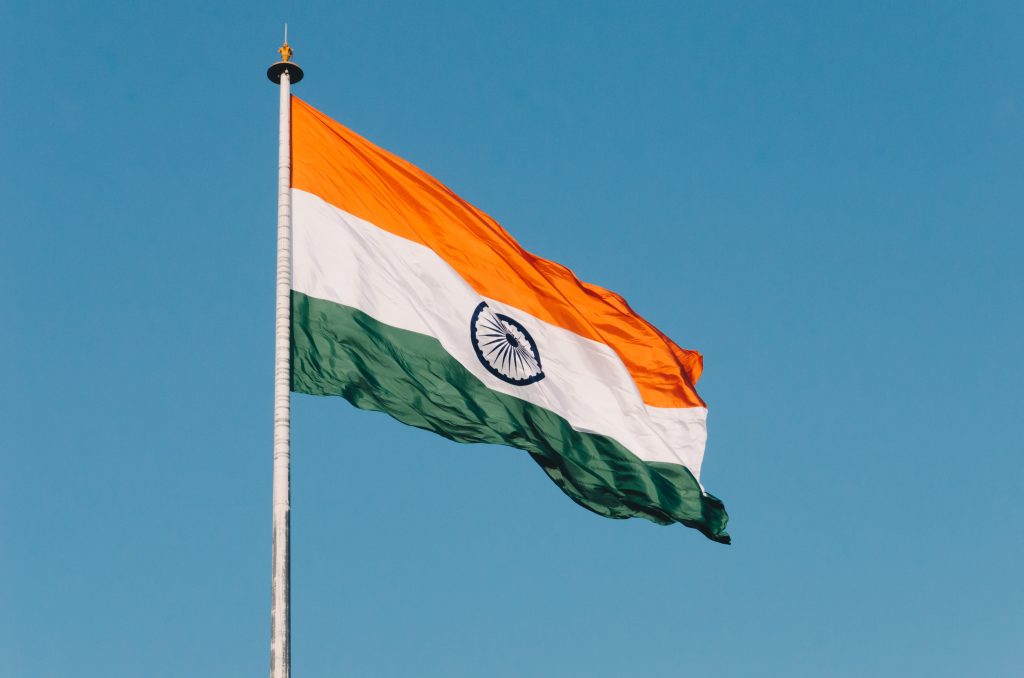Access to wealth should not be a stipulation to access necessary financial services. When we talk of financial inclusion, it targets vulnerable and low-income groups to ensure affordable access to financial instruments like insurance, credit, and pensions. The government of India launched financial inclusion schemes and strategies carefully designed to comply with the rural financial condition in India.
1. Pradhan Mantri Jan Dhan Yojana
Jan Dhan Yojna is one of the most popular financial inclusion schemes. It was launched on Independence Day of 2014 by the hon’ble prime minister of India. As per the scheme, individuals not having a savings account can open one without the requirement of any minimum balance. It was launched to bring the rural population into banking. The scheme turned out to be a huge success which was reflected in the opening of more than 46 crore bank accounts having a deposit balance of 1.74 lakh crore.
2. Pradhan Mantri Jeevan Jyoti Bima Yojana
Jeevan Jyoti Bima Yojana was launched to provide a life cover for a period of one year to people in the age group of 18-50 years. In case of death, due to any reason, the risk assurance of 2 lakh is covered under this financial inclusion scheme. The insurance policy is renewable, and the premium of Rs 436 is auto-debited annually from the insuree’s bank account. The project generated an enrollment of Rupees 3.11 crores as on 30th June 2022.
3. Pradhan Mantri Suraksha Bima Yojana
Suraksha Bima Yojana, as the name suggests, offers risk coverage of 2 lakh in case of death by accident or complete disability and 1 lakh in case of partial disability. It is available with a premium of Rs 20 per annum for the age group between 18-70 years. A collective enrollment of 2.01 crores was seen as on 30th July 2022.
4. Atal Pension Yojana
Atal Pension Yojna was launched to offer a guaranteed monthly pension to its subscribers after the age of 60. The subscriber would be entitled to a monthly pension of 1000, 2000, 3000, 4000, or 5000 rupees under the scheme. If the subscriber’s ROI is inadequate, the outstanding would be paid by the government. As of 30th July 2022, 321.02 lakh subscribers are registered under this scheme
5. Pradhan Mantri Vaya Vandana Yojana
Implemented through LIC(Life Insurance Company), the scheme provided an assured return of 7.4% per annum for 12 years. Vaya Vandana Yojna is for people aged 60 years and above to protect their interest income from declining due to market conditions. One has to pay a minimum amount of Rs 1,62,162 to avail pension of Rs 1000 per month. The maximum purchase price is Rs 15 lakh to receive a pension of Rs 9,250 per month.
According to the Global Findex, the population’s bank accounts increased from 53% in 2014 to 80% in 2017, with an additional opening of 300 million new bank accounts. The expansion of banking amongst Indians also narrowed the gender gap with a 30% increase in female account holders. India’s strategy for financial inclusion, indeed, looks like a success story.
